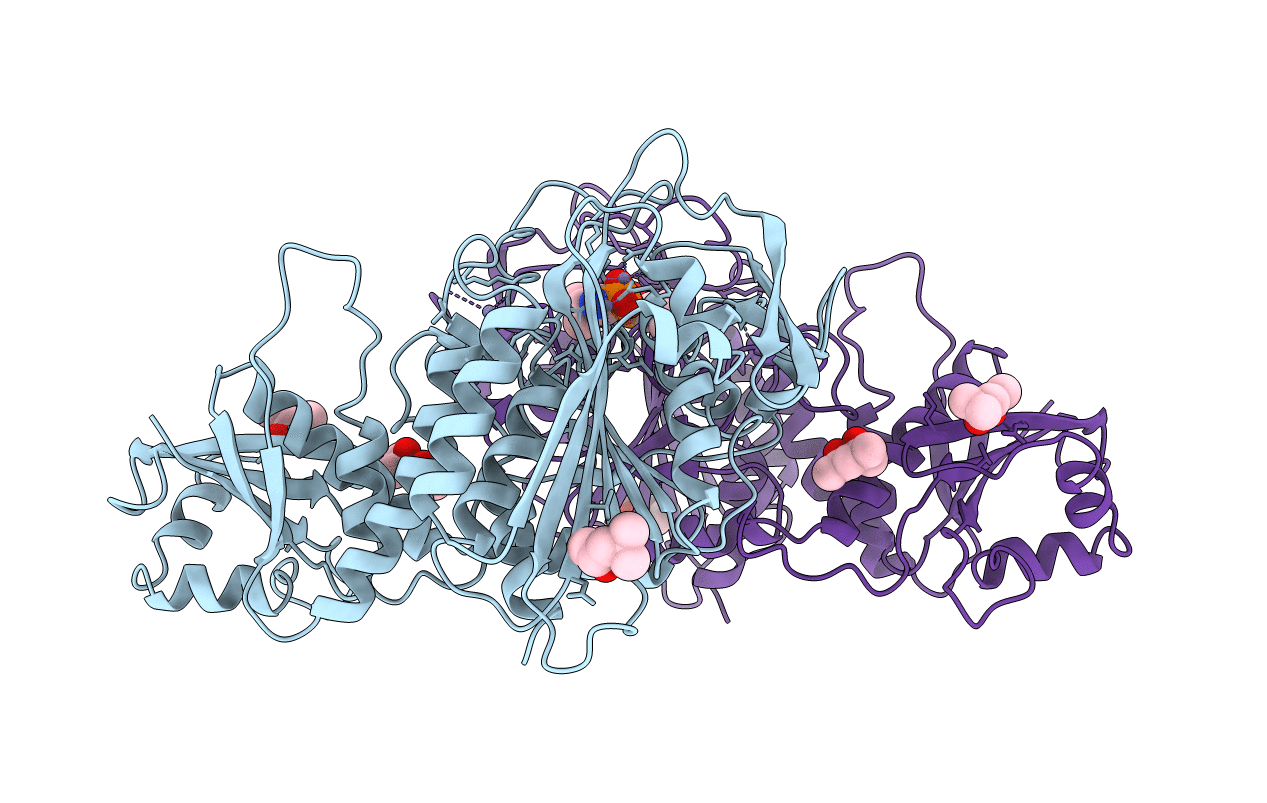
Deposition Date
1995-05-12
Release Date
1995-07-31
Last Version Date
2024-02-14
Entry Detail
PDB ID:
1LCP
Keywords:
Title:
BOVINE LENS LEUCINE AMINOPEPTIDASE COMPLEXED WITH L-LEUCINE PHOSPHONIC ACID
Biological Source:
Source Organism:
Bos taurus (Taxon ID: 9913)
Method Details:
Experimental Method:
Resolution:
1.65 Å
R-Value Free:
0.19
R-Value Work:
0.16
R-Value Observed:
0.16
Space Group:
P 3 2 1


